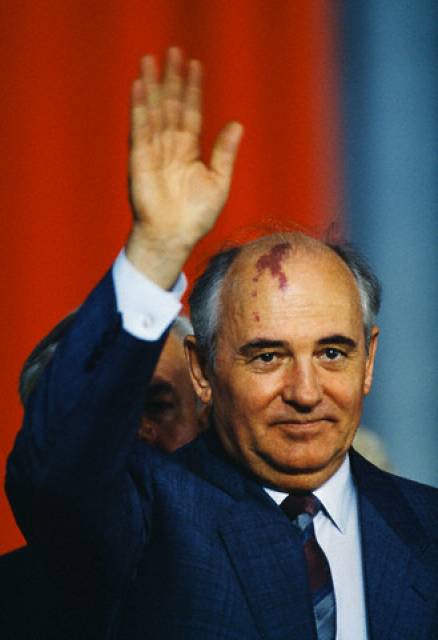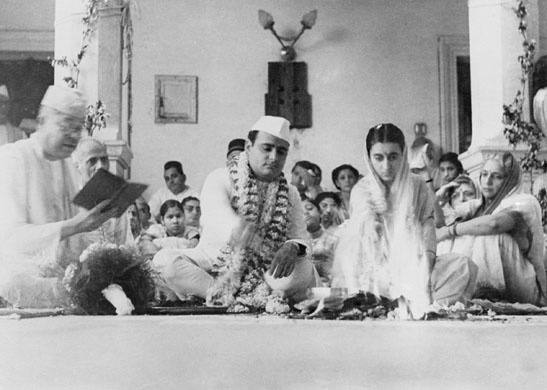Everyone is aware that Dalai Lama is the political and spiritual leader of Buddhism. But what exactly does Dalai Lama mean? The Dalai Lamas are believed to be manifestations of Avalokiteshvara or Chenrezig, the Bodhisattva of Compassion and the patron saint of Tibet. In Tibetan, Avalokitesvara is known as Chenrezig. He is responsible for all religious and cultural matters in Tibet.…
Month: July 2017
Mikhail Gorbachev
Nationality – Russian Most important point to note about him: He was the one who brought new reforms in USSR and end communism. His reforms brought an end to the cold war. That is why he is one of the important personality in world history. Know more about Mikhail Gorbachev in this post. Mikhail Gorbachev was general secretary of the…
How did World War I start and end?
You may have heard that World War I started when a Serbian terrorist shot an Austro-Hungarian archduke in Sarajevo, Bosnia, in 1914. It’s true but much more complicated than that. For one thing, the Serbians were angry with the Austro-Hungarian Empire (yes, it was a combination Austria and Hungary) for annexing Bosnia (even though Bosnia still technically belonged to…
Indira Feroze Khan or Indira Gandhi?
Indira Priyadarshini Nehru married to Feroze Jehangir Gandhi in March 1942 according to Hindu rituals and adopted his surname. Feroze Gandhi born as Feroze Jehangir Ghandy to a Parsi family at the Tehmulji Nariman Hospital situated in Fort, Bombay, his parents, Faredoon Jehangir Ghandy and Ratimai (formerly Ratimai Commissariat), lived in Nauroji Natakwala Bhawan in Khetwadi Mohalla in Bombay. His…




